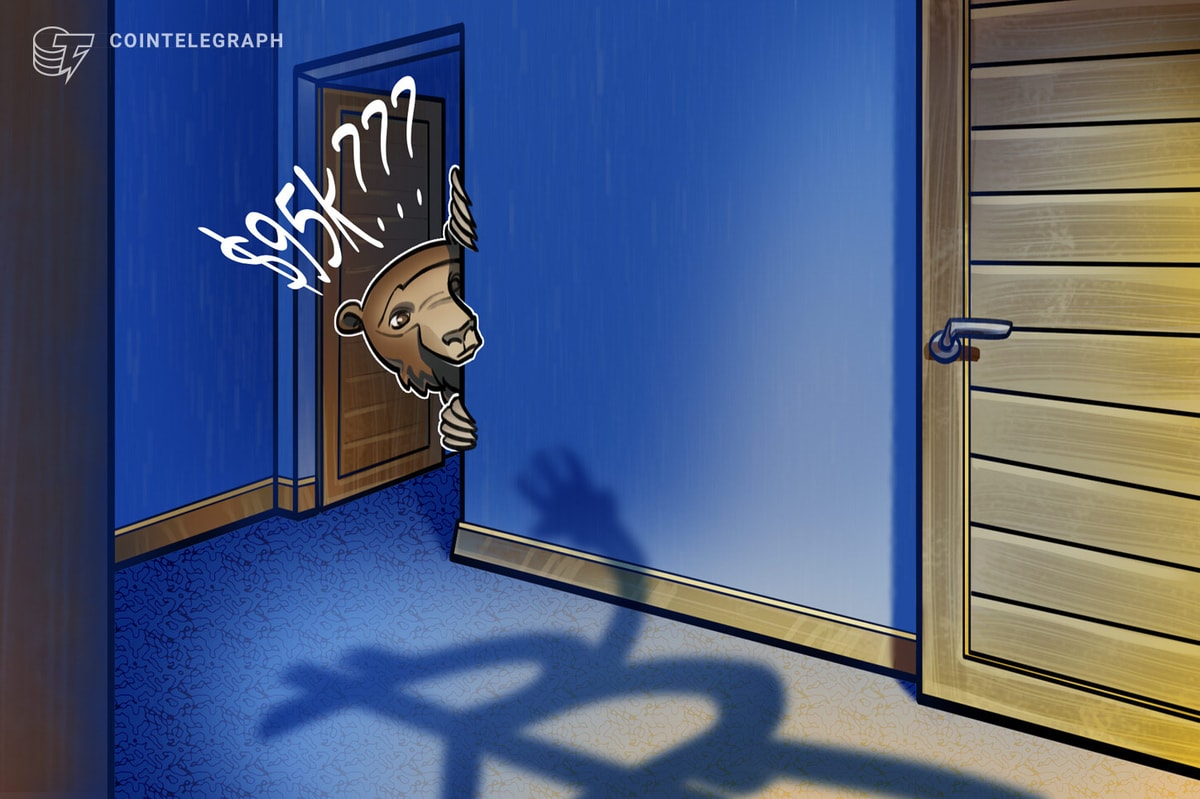Pertussis, also known as whooping cough, is making a comeback that no one asked for. Recent federal data shows that cases of the vaccine-preventable disease this year have reached the highest levels in a decade.
As of December 14, there have been 32,085 cases of pertussis reported to the U.S. Centers for Disease Control and Prevention this year. That’s a fivefold increase from the tally recorded in 2023, which only saw around 6,500 cases. There are several factors to blame for the surge, experts say, including declining vaccination rates.
Pertussis is caused by the bacterium Bordetella pertussis. The infection typically causes respiratory symptoms, most notably fits of coughing that have inspired its nickname (the “whooping” refers to the noise people often make when trying to breath after coughing). Though pertussis is typically mild in adults, the infection can be more serious in young children or other vulnerable populations, such as people with weakened immune systems.
While the first pertussis vaccine was invented over a century ago, it wasn’t widely recommended and used until the late 1940s, when it paired with vaccines for tetanus and diphtheria. The combination shot has been a mainstay of vaccination programs in the U.S. ever since, and it’s helped greatly reduce the burden of pertussis. Prior to mass vaccination, for instance, there were between 100,000 and 300,000 cases of pertussis reported annually in the U.S.
Since 2000, the U.S. had tens of thousands of annually reported pertussis cases. But as with many infectious diseases, the covid-19 pandemic indirectly reduced the spread of pertussis, thanks in part to people practicing social distancing. With the world and people’s social habits having largely returned to normal, the incidence of these diseases has climbed back up as well. So at least part of this year’s spike in cases could simply be a return to pre-pandemic trends, according to the CDC.
That said, this year’s tally is unusually high for modern times. It’s the highest number of cases seen since 2014, when there were 32,971 cases. And in some states, experts and health officials have blamed lowering vaccination rates among residents and their children for the rise.
Another important factor concerns the vaccine itself. In the U.S. and many other countries, people have switched to a newer, different form of the pertussis vaccine. While this vaccine is safer than the older, whole-cell version, evidence has shown that it provides less immediate and sustained protection from pertussis overall. As a result of this switch, experts have argued that future outbreaks of pertussis are likely to be larger when they happen.
Still, vaccination remains the most crucial tool to keeping pertussis in check, and the less people are vaccinated against it, the greater the risk of sustained outbreaks. Worldwide—especially in countries with low vaccination coverage—pertussis causes 24 million annual cases, along with 161,000 deaths in children under five each year.
In the U.S., about 80% of children under two have received the recommended full series of DTaP shots, 90% of teens have received at least one shot of the Tdap vaccine, and only 43% of adults over 18 have received a Tdap shot in the last ten years (boosters are recommended every decade).









 English (US) ·
English (US) ·